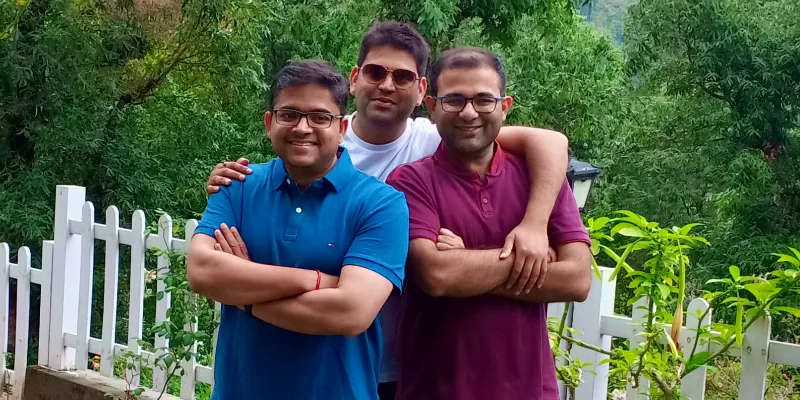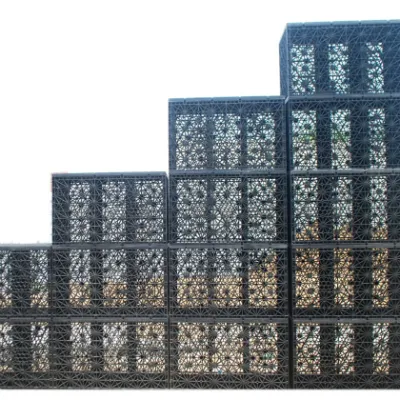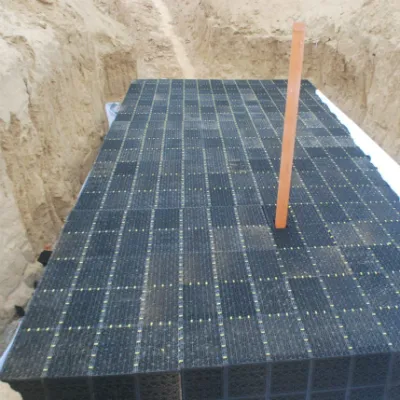These MBA graduates quit their jobs to work on rainwater harvesting, in just three years scored Tata Steel, SAIL, Siemens as their clients
Retas Enviro Solutions offers services in rainwater harvesting, watershed management, stormwater management, flood mitigation solutions, and other environmental solutions.
One day in 2016, three MBA friends got stuck in a relentless shower of rain in Gurugram. Ankit Magan, Priyank Jain, and Neeraj Chauhan were there for some work, and had to wait more than 45 minutes for the rain to stop.
Because of the rain, the roads were water logged and the drainage systems were choked up.
“There was so much wastage of water, so we asked ourselves, what would happen if the city had to pay to receive rainfall? Would so much water go to waste?” says Ankit.
As the friends contemplated this, they decided they must do something to preserve rainwater. Despite having full-time jobs, they wanted to start their own rainwater preservation business and become ‘waterpreneurs.’
Six months later, in December 2016, they left their jobs and started Retas Enviro Solutions in New Delhi to design, manufacture, and install water tanks and modular rainwater harvesting systems.

Retas founders Neeraj Chauhan (left), Priyank Jain (centre) and Ankit Magan (right)
“Our ‘Rainmaxxx tanks’ are used to collect, store, and infiltrate rain water for later use. Our modules are designed in such a way that they conserve rain water at the optimum level,” Ankit says.
Retas also offers services in watershed management, stormwater management, flood mitigation solutions, and other environmental solutions.
In just two years, Retas has started servicing large clients such as TATA Steel, Reckitt Benckiser, SIEMENS, Hi-Tech Gears, HPCL, Government of Delhi, Government of Uttarakhand, and more.
“With our team of 11 people apart from the three founders, we make around Rs 40 lakh to Rs 45 lakh worth sales each month,” Ankit adds.
In an exclusive interaction with SMBStory, Ankit describes the business model and explains how Retas is making a big impact in saving rainwater.
Edited excerpts from the interview:
SMBStory: What research did you conduct before starting Retas?
Ankit Magan: After the incident in Gurugram, we started researching and found that around 54 percent of India faces extremely high water stress. More than 100 million Indians live in areas having poor water quality. Increasing urbanisation, unplanned infrastructural development, and inadequate urban planning have led to free-fall depletion in ground water level.
The three of us wanted to start a business which would attempt to arrest this decline in water levels. We came up with the name Retas which means ‘water droplet’ in Sanskrit. We saw that the easiest and most effective method of conserving water was to use rainwater harvesting systems.

Retas' Rainmaxxx modules
SMBS: How did you fund this dream?
AM: We started Retas by using the savings we had from our previous jobs. We also took some loans from our close friends who shared the same vision. We were fortunate to be associated with some technically-skilled people who initially joined us for no remuneration.
Retas also didn’t have an office. We used to work primarily from our clients’ offices. So far, we are bootstrapped. But now, our business is growing and we are exploring different fund-raising instruments.
Presently, our framework for generating revenues is based on our approach towards finding the most optimal solution for our customers. Our revenue comes from designing, site planning, and executing the modular rainwater harvesting structures and the after-sales maintenance services.
SMBS: How did you get your first client? What kind of customers do you work with now?
AM: During a CII workshop where I was invited as a speaker, a renowned architects was part of the panel. He took a deep interest in our methods of working. Later on, we realised he was one of the most reputed architects and social influencers. He became our first customer by advocating and recommending us to SAIL (Steel Authority of India Limited).
Currently, we follow a B2B model which has helped us become sustainable so far. The primary customers are industries, corporate houses, infrastructure companies and government bodies.
But every household or commercial body which uses water is our prospective customer. Every village, every community, and each town can be our customer.

Retas' Rainmaxxx tank
SMBS: How do you create a rainwater harvesting system for your clients?
AM: We design the site plan according to different geological parameters and prepare the ground through excavation. Then we lay geotextile on the bottom of the excavated area. We weld all the pieces of the geotextile together.
Then, we assemble the Rainmaxxx modules by interlocking small and large plates. We then place these modules together on the geotextile which is laid out, thus forming the Rainmaxxx tank.
We fix external locks or clips for stability, and then wrap more geotextile around and over the Rainmaxxx tank. After this tank is ready, we fill the excavated area with soil.
SMBS: What is the current state of your market?
AM: The water industry has been highly organised only for players focusing on an individual aspect. In terms of rainwater harvesting, the market is fragmented and businesses often don’t do comprehensive work. Most players are working to meet compliances and obtaining government approvals.
Thus, major challenges are down to the absence of leading directions from the government. There has been an increasing demand for industrial water but there has always been a lack of finding innovative methods of recharging the used water. We have also faced some competition from unorganised players in the industry.
SMBS: How have you managed critical areas such as capital management and cash flows?
AM: The biggest challenge in any business is to keep generating customers and maintaining healthy cash flows. The lack of working capital or under-financing has led to an early death of many billion-dollar ideas. It applies in our case as well. We have always tried to keep our costs optimally low and meet our financial commitments on time.
There have been times when we did not have money to pay our phone bills. But we never thought of shutting things down and going back to our respective jobs. We knew that the rainwater harvesting industry is still nascent and provides a huge opportunity for us to create new markets and provide modern techniques coupled with innovative products.

The Retas team
SMBS: What challenges did you face in manufacturing?
AM: Currently, we have outsourced the manufacturing process, which takes place in Greater Noida under our supervision so we can ensure that quality parameters are met. But we have faced difficulties with this in the past.
The challenge was to execute the design of the product which we finalised. When the designs were ready for trial, the products that were made were not to our satisfaction. Having spent more than four months in finalising the product design, we were not hoping for any sort of hindrance.
We expected a very smooth trial. However, the results were very different and we had to delay our launch. After multiple reiterations, we finally overcame this and got a satisfactory product.
SMBS: What is the way forward for Retas?
AM: Right now we focus on B2B but we intend to launch our products for individual households by the end of 2020. The product can be used to collect and store rainwater on a smaller scale. We can thus meet around 45 to 55 percent of daily water use at an individual level for floor mopping, kitchen use, irrigation, car wash etc. With this product, households can expect a major cost cut in their water bills.
Retas is also using NowFloats, IndiaMart and LinkedIn to boost our presence. We filed an international patent for our product’s design, and are also in talks to raise capital.
ALSO READ:







